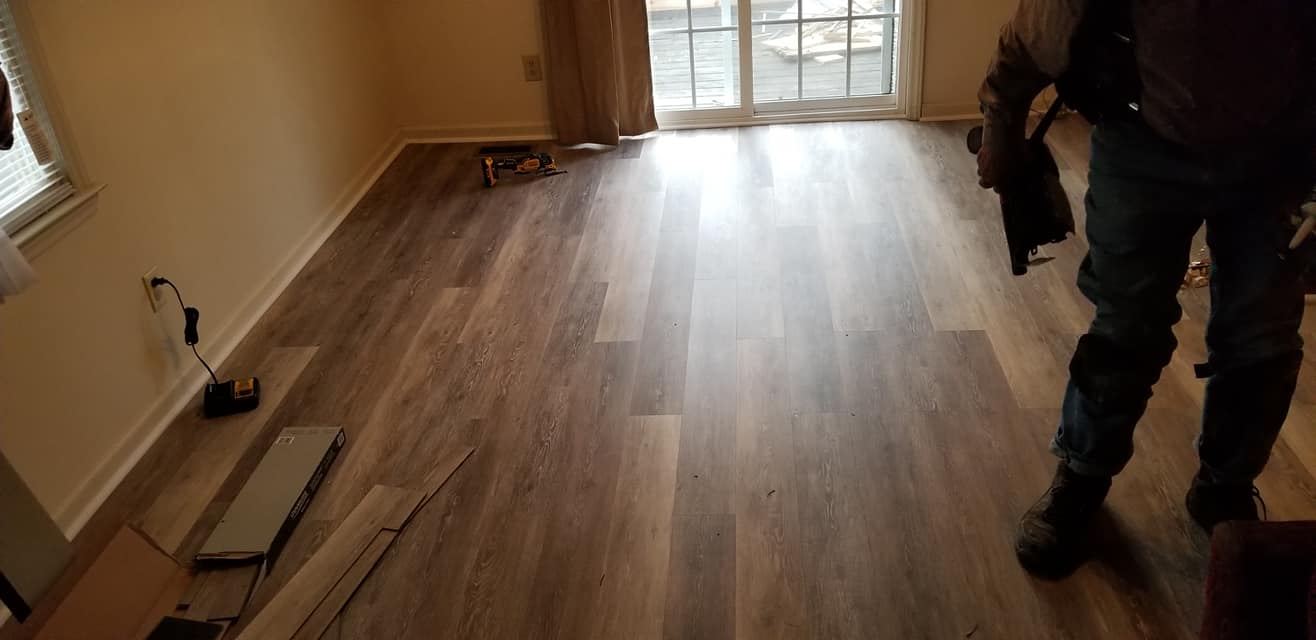
Eco-Friendly Remodeling: How to Make Your Home Sustainable Sep 16, 2025
Start your eco-friendly remodeling project by evaluating the materials you plan to use. Opting for sustainable building materials is a foundational step in minimizing your carbon footprint. Consider materials like reclaimed wood, which not only adds character to your spaces but also repurposes existing resources. Bamboo is another excellent option, known for its rapid growth and remarkable durability. Additionally, recycled metal and glass can give your home a contemporary edge while promoting sustainability.
Energy efficiency should also be a top priority in your remodeling plans. Upgrading to energy-efficient appliances can significantly reduce your energy consumption and save money on utility bills. Look for appliances with the ENERGY STAR label, which guarantees they meet strict energy efficiency guidelines. Moreover, consider investing in solar panels. Although the initial cost may be higher, solar energy can drastically lower your electricity expenses and shrink your carbon footprint over time.
Water conservation is another critical component of sustainable remodeling. Installing low-flow faucets, showerheads, and toilets can dramatically cut down water usage without sacrificing performance. Additionally, consider implementing a rainwater harvesting system. Collecting and using rainwater for landscaping or non-potable house functions can reduce your dependency on municipal water sources, conserving this precious resource.
Insulation plays a crucial role in maintaining your home's energy efficiency. Proper insulation keeps your home warm in winter and cool in summer, reducing the need for excessive heating or air conditioning. Choose eco-friendly insulation materials, such as cellulose, which is made from recycled paper and is both effective and sustainable. Spray foam insulation is another viable option, offering superior coverage and energy savings.
Lighting choices can also make a significant impact on your home's sustainability. Swap out traditional incandescent bulbs for LEDs or compact fluorescent lamps (CFLs). These alternatives use far less energy and last much longer, providing both cost and energy savings. Additionally, maximizing natural light through strategic window placement and using light-colored walls can reduce your reliance on artificial lighting during the day.
Lastly, consider the layout and design of your home to enhance its sustainability. Open floor plans can improve air circulation and natural lighting, making heating and lighting more efficient. Installing programmable thermostats allows you to optimize your heating and cooling schedules based on your lifestyle, further reducing energy waste.
As you embark on your journey toward a more sustainable home, remember that eco-friendly remodeling is not just about individual changes but a holistic approach to reducing your environmental footprint. With careful planning and guidance from Autry Home Improvements LLC, you can create a home that is not only beautiful and functional but also kind to our planet. By adopting these eco-friendly practices, you contribute positively to the environment while enjoying the benefits of a healthier, more efficient home.
/filters:no_upscale()/media/3142bd38-25e1-42a9-be33-80faf47aa98d.jpg)